For more than a century, the Australian cities of Melbourne and Sydney have enjoyed a friendly rivalry. Which is the most civilized, the most pleasant place to live? The truth is that both are in the top ten percent of the world's great cities. Melbourne is one of the most interesting Victorian-era cities in the world with impressive buildings, streets and gardens. On top of that, it has so many things to do! Let us take a look at Melbourne.

Melbourne, Australia: History and Heritage
Melbourne is Australia's second largest city. The capital of the state of Victoria, it is a vibrant multicultural center with a love for the arts, sports, food and the good life.
Forever Yours - Visit Melbourne advert
Melbourne in the Early Days
A small British settlement was established on Port Phillip Bay in 1803 but it only survived for a year. A permanent settlement was finally set up in 1835 by a number of settlers from Van Dieman's Land (modern-day Tasmania), including one John Batman who purchased 600,000 acres of land from the local Wurundjeri Aboriginal tribe.
In 1837 the settlement was named "Melbourne", after the English prime minister of the day, William Lamb, 2nd Viscount Melbourne.The Victorian Aboriginals were largely driven off their lands, including those where Melbourne was being constructed.
Gold was discovered in central Victoria in 1851. A gold rush soon followed with Melbourne becoming the entry point for large numbers of miners coming to make their fortune. The population rose from 25,000 to 40,000.
The profits from gold led to a massive civic building program. Public buildings such as Parliament House, the Treasury, the University, the Post Office, Government House, Victoria Barracks and various churches and markets, plus major gardens and avenues, were constructed in this period.
By the 1880s Melbourne had become the second largest city in the British Empire (after London) and the richest city in the world. But the boom ended in 1891 with a financial crisis, economic depression, and the collapse of 16 banks and building societies.
Parliament House, Melbourne (1855-1929)
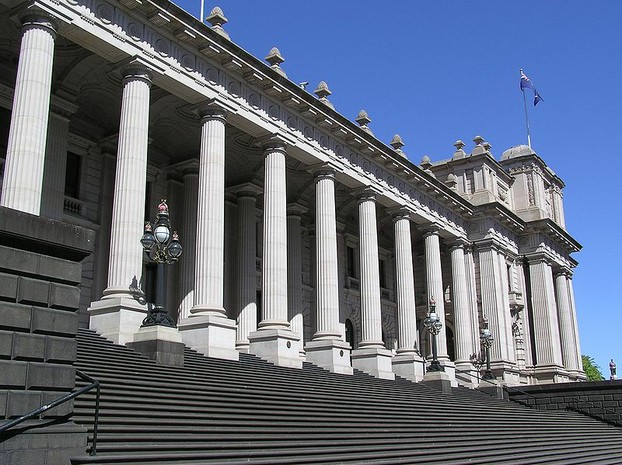 Parliament House, Melbourne (1855-1929) |
Federation, War, Depression
All the British colonies in Australia combined to become the Commonwealth of Australia on January 1, 1901. This event was known as the Federation of Australia. Melbourne was the nation's capital from 1901 until 1927 when the capital moved to Canberra.
During this period most of the nation's institutions (such as the government offices and the head offices of the banks and major businesses) were located in Melbourne. Rail and tram networks were expanded.
Like the rest of Australia, Melbourne suffered massive casualties during World War I (1914-18) and then a number of years of economic downturn and hardship with the Great Depression which began in 1929.
The Opening of the First Parliament of Australia, Melbourne, on 9 May 1901
Location: Royal Exhibition Building. Artist: Tom Roberts
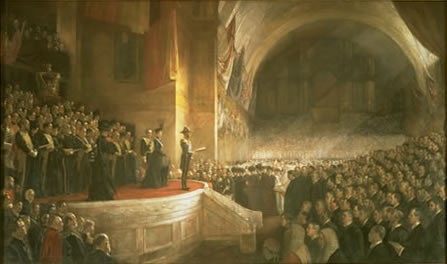 The opening of the first Parliament of Australia, Melbourne, on 9 May 1901 |
Flinders Street Station, Melbourne, 1927
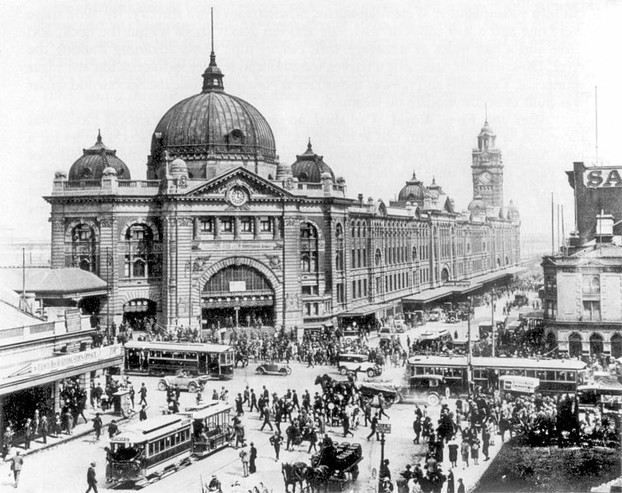 Flinders Street Station, Melbourne, 1927 |
Melbourne Since World War II
Melbourne welcomed many migrants, mainly from southern Europe, such as Greece and Italy. Melbourne was to become the second-largest Greek speaking city in the world after Athens.
In 1956 Melbourne hosted the 1956 Summer Olympics.
in 1989-1992, the city experienced a great economic downturn, which the Kennett government countered using extensive public works, promotion of Melbourne as a tourist destination, and a privatization program.
Today, "Marvellous Melbourne" is a vibrant state capital city, and the birthplace to the Australian film industry and television, home to a lively theater and music scene, and headquarters of the ever-popular Australian Rules football.
Royal Exhibition Building, Melbourne (1880)
Australia's first World Heritage Site
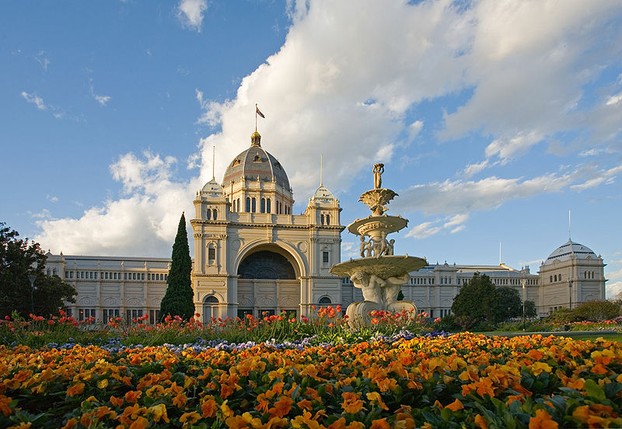 Royal Exhibition Building, Melbourne Diliff / Ian Fieggen |
Melbourne on the Internet
Melbourne, Australia
Melbourne's history and tourist attractions. The history section covers a few of the colorful characters of Melbourne's past and includes some great quotes.
Melbourne, Victoria
Detailed article showing Melbourne as it was in the 1880s. The article originally appeared in the Encyclopaedia Britannica, 9th edition, when Melbourne was the second largest city in the British Empire.
More Travel Articles
You might also like
A Cheapskates Guide to Melbourne, Australia - 10 Free Attracti...Everyone likes to save money, right? I love visiting Melbourne, so over the y...
Cunnamulla - Premium Destination OutbackThe area can be hot dry and dusty, but water is available from artesian bores...
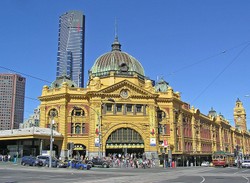

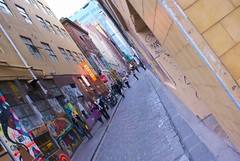








 Ancient Rome: History and Heritageon 02/28/2012
Ancient Rome: History and Heritageon 02/28/2012
 Ancient Greece: History and Heritageon 10/14/2012
Ancient Greece: History and Heritageon 10/14/2012
 Schumann: The Genius Who Composed Scenes From Childhoodon 04/29/2012
Schumann: The Genius Who Composed Scenes From Childhoodon 04/29/2012
 Mahler: The Genius Who Composed the Resurrection Symphonyon 03/04/2012
Mahler: The Genius Who Composed the Resurrection Symphonyon 03/04/2012

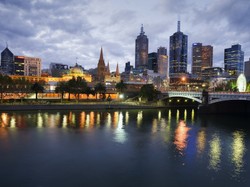
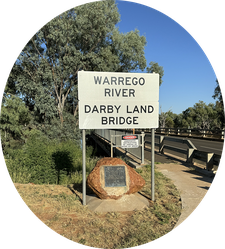
Comments
We love our visits to Melbourne!